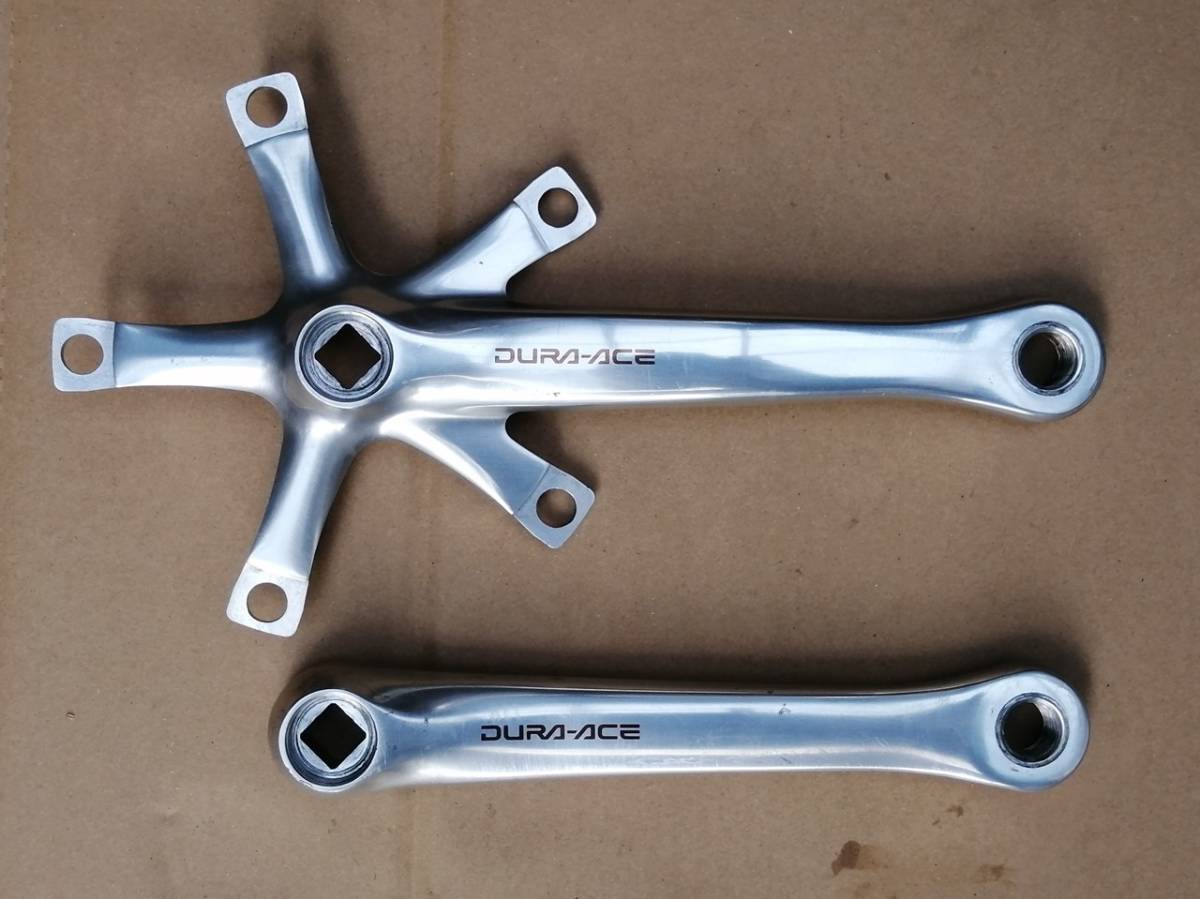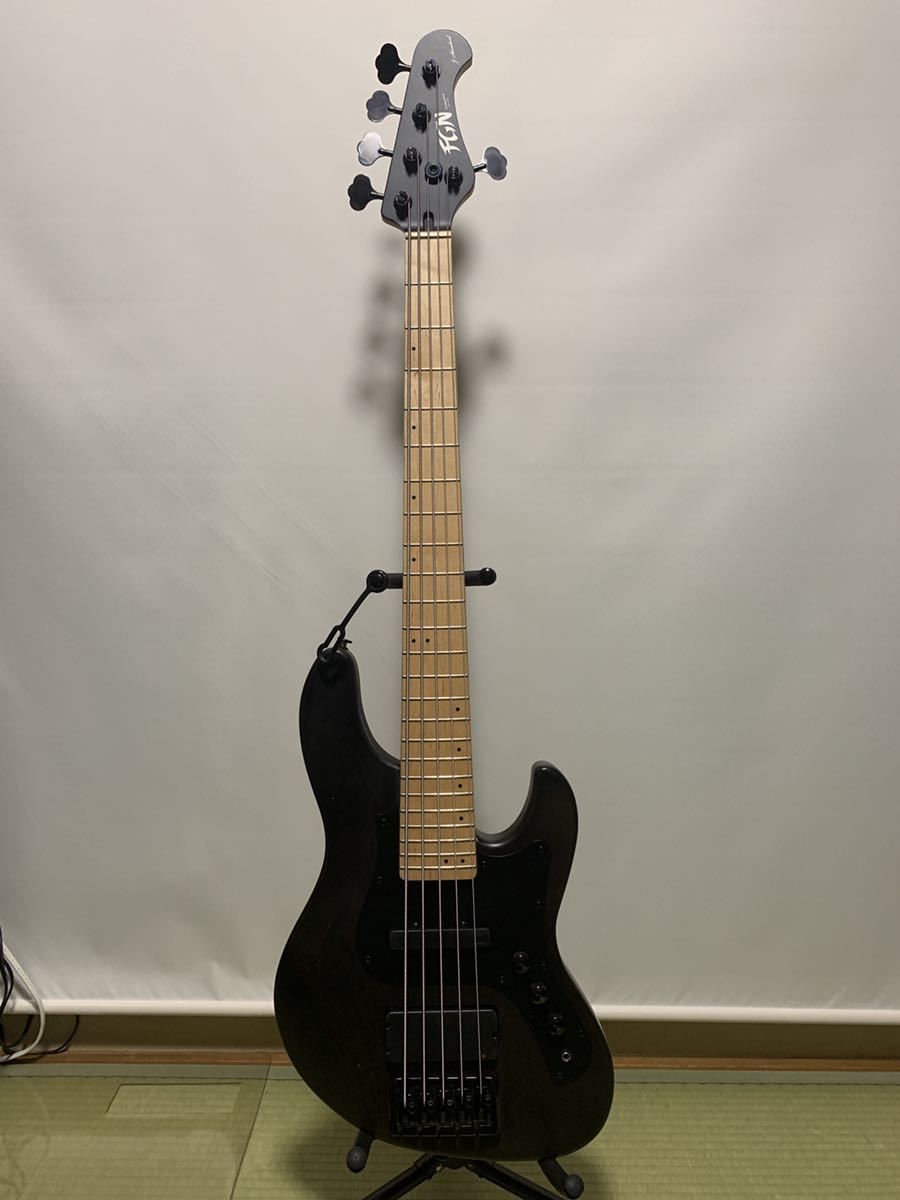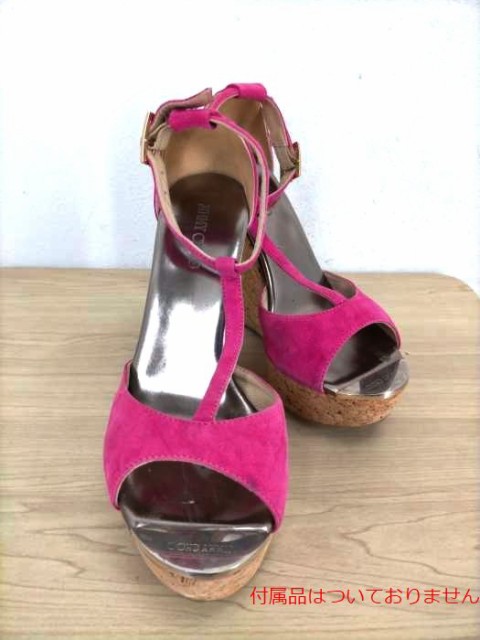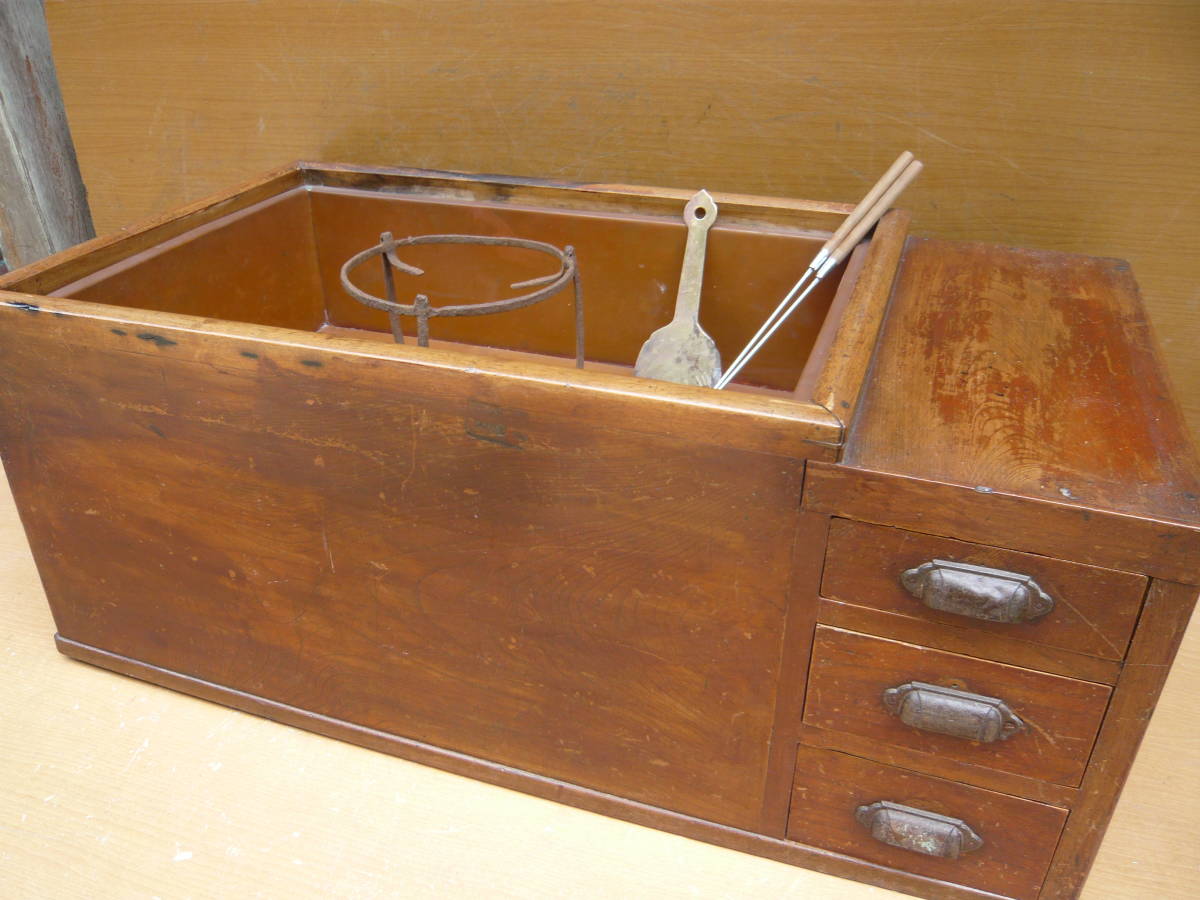
新入荷再入荷
ワンフェス 2022夏 ODEYA 河童の三平 タヌキ 死神 水木しげる ワンダーフェスティバル WF 2022S
 タイムセール
タイムセール
終了まで
00
00
00
999円以上お買上げで送料無料(※)
999円以上お買上げで代引き手数料無料
999円以上お買上げで代引き手数料無料
通販と店舗では販売価格や税表示が異なる場合がございます。また店頭ではすでに品切れの場合もございます。予めご了承ください。
商品詳細情報
| 管理番号 | 新品 :72519341 | 発売日 | 2024/12/13 | 定価 | 8,000円 | 型番 | 72519341 | ||
|---|---|---|---|---|---|---|---|---|---|
| カテゴリ | |||||||||
ワンフェス 2022夏 ODEYA 河童の三平 タヌキ 死神 水木しげる ワンダーフェスティバル WF 2022S
ワンダーフェスティバル2022夏 ODEYA 河童の三平 タヌキ・死神
スケール不明
未塗装・未組み立て品
新品未開封
◎万が一、欠損や不良があった場合はご自身でディーラー様に対応をお求めください。
◎別途、市販の部品、パーツ等が必要になる場合もございます。
◎購入前からの本体への擦れやダメージ等が気になる方はご遠慮ください。
上記の内容に問題がない方はこの機会に宜しくお願い致します。
【発送方法】
クロネコヤマト宅急便発払い
本州・・・700円
四国・・・900円
北海道・九州・・・1000円
沖縄・・・1300円
【注意事項】
■落札後、24時間以内の手続き・3日以内のお支払い手続きが可能な方のみご参加ください。
■対応が遅れた場合は落札側都合のキャンセル(入札削除)させていただきます。
予めご了承ください。
■発送はお支払い確認後2日以内に済ませる予定です。(出張等で対応出来ない場合は落札手続き後にお伝え&自己紹介欄にてお知らせします。)
■出品してるものは自身が直接購入した本物(正規品)のみとなります。
毎回、安心かつ迅速な取引を心がけております。
以上、宜しくお願い致します。

























